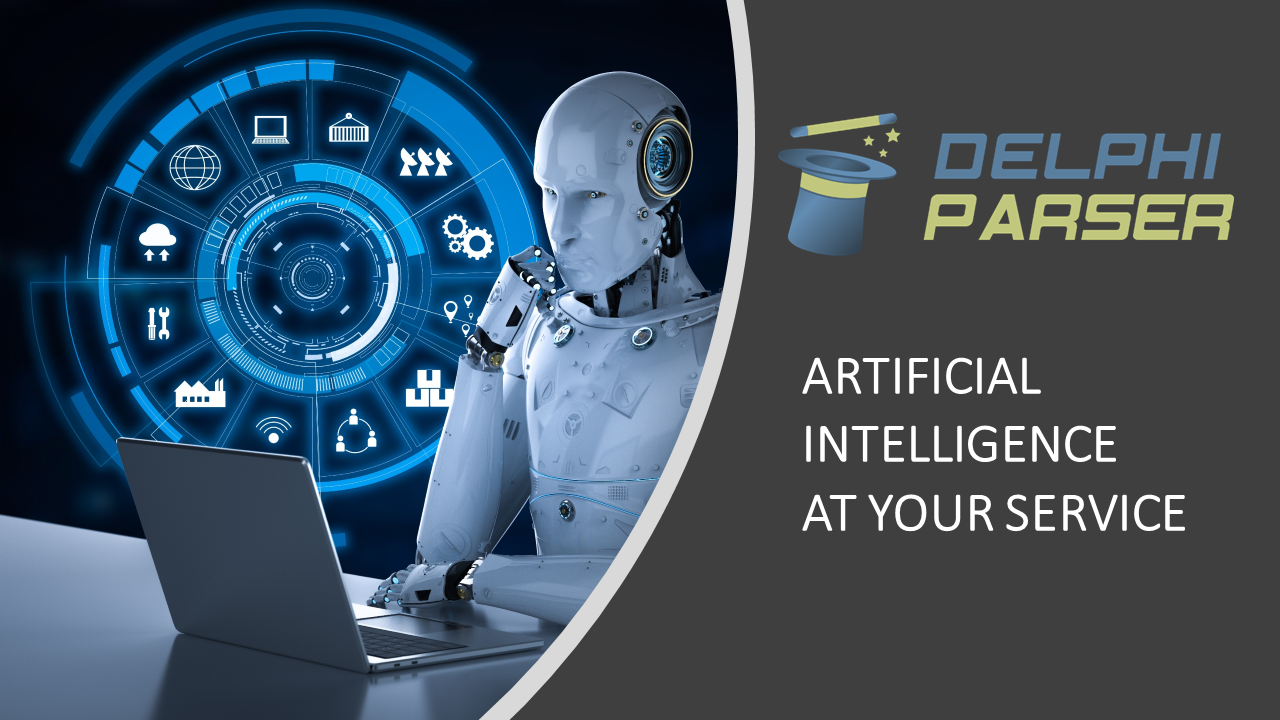How Automatic Code Modernization for Legacy Delphi Systems Works
Why Modernization Matters in 2026
Legacy Delphi and C++ Builder systems, many written in the mid-1990s with BDE and Client/Server architecture, still run critical business operations today. But in a world of cloud computing, microservices, mobile apps, AI, and multi-platform environments, those systems are bottlenecks.
Manual modernization is costly and risky. Gartner still estimates $5 per line of code for manual migrations, meaning a system with 1M lines can cost $5M+ and take years—often leading projects to stall or fail.
That’s where The Delphi Parser comes in.
The Delphi Parser: A Software Utility Robot
The Delphi Parser is not just a tool—it’s an AI-powered, rule-based refactoring engine built to automatically modernize millions of lines of legacy Delphi or C++ Builder code.
-
Scans millions of lines of code quickly and safely
-
Understands Delphi, C++ Builder, and SQL syntax
-
Maps objects, components, and database references
-
Replaces obsolete code with modern equivalents (e.g., BDE → FireDAC)
-
Customizable with rule-based scripts to match your project’s needs
-
Maintains business logic and UI intact
-
No “blind” replacements—changes are context-aware
-
100% Pure Delphi framework with open architecture
With Delphi Parser, modernization isn’t about rewriting from scratch. It’s about automating the heavy lifting while preserving what works.
Key Benefits
-
Downsizes project scope dramatically
-
Reduces modernization costs by up to 80%
-
Cuts manual workload by up to 95%
-
Eliminates up to 99% of migration errors
-
Accelerates delivery from years to months
-
Works in parallel with ongoing development
-
Keeps code flexible for future changes
Instead of multi-year, high-risk projects, organizations can modernize code incrementally, quickly, and with confidence.
The Agile Approach to Modernization
Delphi Parser operates in short, iterative cycles:
-
Scan & Analyze – Parse millions of lines of Delphi/C++ Builder code, mapping dependencies and identifying function points.
-
Refactor Automatically – Apply transformation rules (e.g., replace BDE with FireDAC, convert AnsiString to Unicode, extract SQL to stored procedures or REST/JSON APIs).
-
Compile & Test – Generate a clean copy of the modernized code and compare against the original.
-
Iterate – Adjust rules, rerun the parser, refine until stable.
This agile modernization loop ensures constant progress without disrupting ongoing development. Each new iteration runs on the latest source, eliminating painful merges.
Architecture: Open, Layered, Flexible
The Delphi Parser is built on an open, layered framework:
-
Language Syntax Layer – Understands Delphi, C++ Builder, SQL.
-
Core Engine – Base functionality for scanning and rewriting.
-
Database Component Layer – Handles BDE → FireDAC and other DB migrations.
-
Rule Engine – Applies customizable, project-specific transformation rules.
-
Scripting Layer – Allows developers to control migrations without recompiling.
-
Wizard Layer – Build one-click migration wizards for repeated tasks.
-
Application Layer – Design end-to-end modernization solutions.
This architecture makes it fully customizable for any legacy codebase—whether Delphi 5, Delphi 7, or early C++ Builder systems.
Crunching the Numbers
A typical Delphi project of 1,000,000 lines of code includes around 100,000 function points (places where change is needed). With Delphi Parser:
-
Manual cost (per Gartner): $5M+
-
Delphi Parser automation: ~$100K–$150K
-
Timeframe: 12 months end-to-end, with automation delivering first results in weeks, not years
-
Effective cost: $0.10 per line of code, instead of $5
That’s a 50x efficiency gain, turning modernization from “unthinkable” to “practical.”
Beyond Migration: Continuous Optimization
The Delphi Parser isn’t just a one-time migration robot—it’s also a long-term code maintenance ally.
-
Code Analyzer: Maps dependencies, flags obsolete units, reports unused libraries.
-
Code Optimizer: Removes unnecessary
usesclauses automatically. -
Lifecycle Integration: Run before each release to keep code clean and efficient.
This ensures your newly modernized Delphi system stays modern as it evolves.
Final Word
Modernization used to be synonymous with cost overruns, delays, and failures. In 2026, that’s no longer true.
The Delphi Parser makes automatic, AI-powered code modernization possible for millions of lines of legacy Delphi and C++ Builder systems. It bridges the gap between outdated client/server architectures of the 1990s and the cloud-native, AI-driven world of today.
-
Faster
-
Cheaper
-
Safer
-
Developer-friendly
The future of Delphi modernization isn’t manual—it’s automated.

